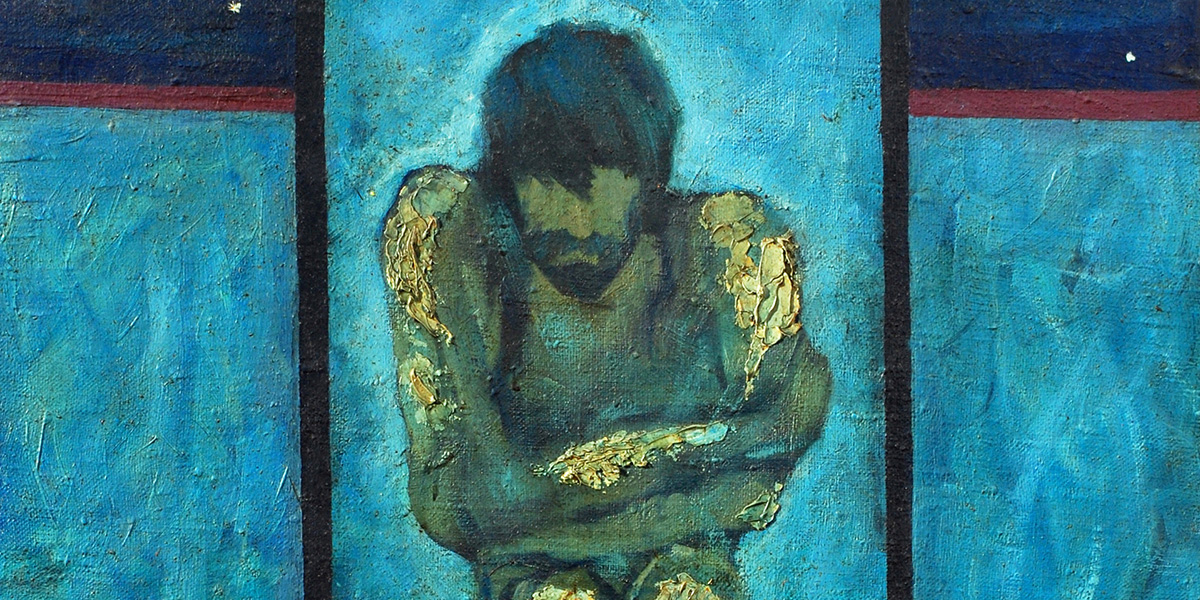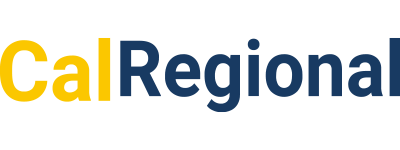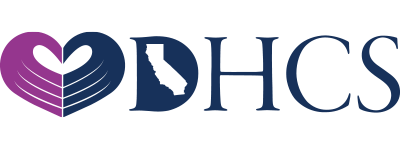Since 1999, the Center for Disease Control and Prevention (CDC) reports the number of overdose deaths has quadrupled. More than 70% of deaths related to drug overdose during 1999 involved an opioid. Since the start of the Covid pandemic, drug overdose death has risen even more sharply, with over 104,000 deaths from September 2020 to September 2021.
Addiction is a complex disease to which no one is immune. The 2020 National Survey on Drug Use and Health reports that over 40 million persons in the United States had substance use disorder. More than 1 out of 4 of these people did not receive mental or substance use disorder treatment. How can we remove barriers to lifesaving treatment?
Remove Barriers for Addiction Treatment
Unfortunately, much of life-saving intervention and substance misuse programming is under resourced. The current administration proposes additional funding to help further research, prevention, harm reduction, treatment, and recovery support services. Part of this plan is to remove “unnecessary barriers” and “outdated rules” that limit support services and recovery for individuals struggling with drug addiction.
Medications such as methadone, buprenorphine, and naltrexone are FDA approved medications and help save lives. When combined with behavioral counseling, case management, and peer support, the risk of using opioids is reduced. Other benefits found include decreased mortality rates and reduction of the spread of HIV and Hepatitis C. Despite the advantages, many people do not have access to these lifesaving medications.
The White House reports that although medication for opioid use disorder (MOUD) is available and safe and effective for opioid addiction, many patients do not get it. This is because of issues such as stigma, lack of addiction specialists, financial barriers, and inadequate clinical training.
Stigma
There is the underlying pessimism about addiction treatment. Many are unsure of its effectiveness or do not understand the physiology of the condition or realize addiction is a medical condition requiring treatment.
Stigma reduction campaigns can help reduce stigma and change perception. Things like early education programming, mass media campaigns, and inclusion in academic study may help reduce stigma around substance misuse and addiction.
Inadequate clinical training
Many clinicians feel uncertain about diagnosing and treating patients with substance misuse disorder. This may indicate a lack of training or incomplete curriculum in school. Filling these gaps can help better prepare clinicians to treat addiction disorder.
A study suggests that requiring screening, diagnosing, and treating during medical residency, particularly in areas where they are more likely to encounter substance misuse disorder, such as psychiatry, can help increase the number of clinicians who feel confident in providing evidence-based treatment.
Lack of addiction specialists
The number of addiction specialists is simply not enough to meet the demand of people who struggle with substance misuse and need addiction treatment. This lack of skilled addiction specialists limits access to care.
Degree programs and certificates specifically for mental health and addiction specialty are growing. Strategies to recruit future clinicians can help build numbers to meet the growing demand.
Financial barriers
Affordability to care is a barrier for many. Whether or not they carry health insurance, 30% of study participants report they could not afford the high cost of care. And many health insurance plans, including those found on the Health Insurance Marketplace, do not include medications for addiction treatment.
When public perception can see addiction and treatment as necessary healthcare options, such as antibiotics for infection or surgery, more and more may view addiction treatment as medically necessary for all individuals.
Accessibility to Quality Care
Barriers prevent far too many people from getting the care they need for addiction recovery. People may not know where to go or lack access to an evidence-based treatment plan.
Pura Vida is an evidence-based drug and alcohol outpatient program in Santa Rosa, CA. Our highly skilled and licensed professional staff helps men and women progress towards health and a life of joy.
We understand the financial barrier and provide affordable treatment options, including flexible payment plans, no interest financing, and scholarship opportunities. For a confidential assessment and learn more about treatment options, speak to one of our friendly intake coordinators that can help you start your path to recovery.





